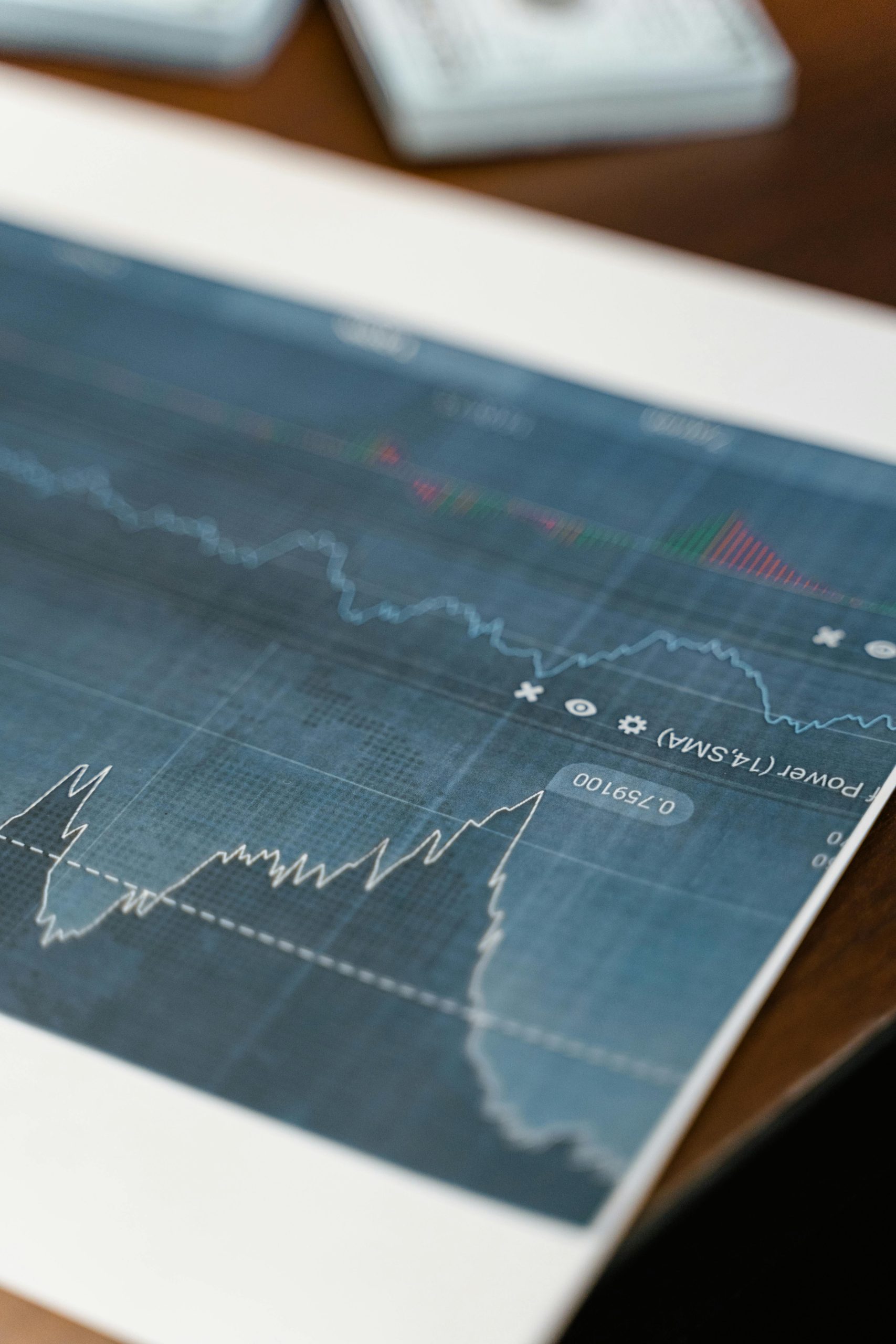Understanding Forex Trading: An Introduction

Definition of Forex Trading and Its Global Impact
Forex trading, the act of exchanging currencies on a global scale, stands as the backbone of international trade and investment. Its vast network connects markets across the world, enabling businesses and investors to convert one currency to another. This global marketplace not only supports economic growth but also fosters a deeper interconnectedness among nations.
The Uniqueness of the Forex Market in Australia
In Australia, the Forex market exhibits a distinctive character. It not only serves as a critical hub for Asia-Pacific trade but also offers a robust regulatory framework, ensuring a secure environment for traders. This unique combination of strategic location and stringent oversight has cemented Australia’s position as a pivotal player in the global Forex landscape.
Overview of Major Currencies Traded in the Forex Market
The Forex market is dominated by major currencies such as the US Dollar (USD), Euro (EUR), Japanese Yen (JPY), and the British Pound (GBP). These currencies, often referred to as the “majors,” are the most widely traded due to their economic stability and the sheer volume of transactions they represent. Understanding the dynamics of these currencies is crucial for anyone looking to navigate the Forex market successfully.
The Legal Framework and Regulatory Bodies in Australia

In the heart of Australia’s financial market regulation lies the Australian Securities and Investments Commission (ASIC), a key player ensuring transparency and fairness. ASIC’s role extends beyond mere oversight; it is the guardian of investor interests, diligently working to maintain the integrity of financial markets. Central to operating within Australia’s financial realm is the Australian Financial Services Licence (AFSL), a mandatory accreditation for entities wishing to engage in forex trading. This licence is not just a formality; it is a seal of credibility and security, assuring traders that they are dealing with a reputable entity.
- ASIC’s pivotal role cannot be overstated. It sets the standards, enforcing compliance and protecting against misconduct in the financial sector.
- Understanding the AFSL is crucial for anyone involved in forex trading. It signifies adherence to stringent regulatory requirements, ensuring that financial services are delivered with honesty and competence.
- The importance of trading with ASIC regulated brokers is paramount. It offers traders a layer of security, knowing that they are backed by a regulatory framework designed to safeguard their interests.
Engaging with ASIC regulated brokers not only aligns with best practice but also instills confidence among traders, fostering a healthier, more vibrant forex trading environment in Australia. This regulatory backdrop, characterized by its rigor and commitment to fairness, makes Australia an attractive destination for forex traders worldwide.
Getting Started: Setting Up Your Forex Trading Account

Embarking on your Forex trading journey begins with selecting the right broker, a decision that lays the foundation for your trading experience. In the quest for a broker, key considerations include regulatory compliance, transaction fees, and the range of available currencies. An ideal broker operates under the stringent oversight of the Australian Securities and Investments Commission (ASIC), ensuring a secure and transparent trading environment. This initial step is crucial, as it aligns your trading activities with a platform that values integrity and customer protection.
- Choosing the right broker involves scrutinizing their regulatory status, fee structure, and the diversity of currency pairs they offer. It’s about finding a balance that suits your trading style and goals.
- The process of opening a trading account is straightforward yet significant. It typically involves completing an application, verifying your identity, and funding your account. This process, while seemingly administrative, is your gateway to the global Forex market.
- Demo accounts play an indispensable role for beginners. They offer a risk-free environment to hone your trading skills, test strategies, and familiarize yourself with the platform’s features. This practical experience is invaluable, providing insights and confidence that pave the way for successful real-money trading.
Embarking on this journey with diligence and the right resources sets the stage for a rewarding Forex trading experience. The blend of choosing a reputable broker, navigating the account setup process, and leveraging demo accounts for practice, forms a solid foundation for any aspiring trader. It’s a path that, when navigated wisely, leads to profound opportunities in the dynamic world of Forex trading.
Fundamental Analysis: Understanding Market Movements

At the core of Forex trading lies the art of fundamental analysis, a method that deciphers market movements through the lens of economic indicators, news, and central bank activities. Economic indicators, such as employment rates and GDP growth, are pivotal in shaping currency values. They offer a snapshot of a country’s economic health, influencing traders’ decisions and, consequently, currency strength. Navigating this landscape requires a keen eye for detail and the ability to interpret how global events, from geopolitical tensions to economic policies, impact market sentiment.
- Interpreting Forex news and reports is crucial. These sources provide real-time insights into market dynamics, guiding traders in making informed decisions.
- The Reserve Bank of Australia (RBA) plays a significant role in this arena. Its policy decisions, from interest rate adjustments to market interventions, directly influence the Australian Dollar’s value. Understanding the RBA’s actions and their implications is essential for any trader looking to navigate the complexities of the Forex market.
- Economic indicators and the RBA’s stance are not just data points but narratives that tell the story of economic resilience, challenges, and the path ahead. They are the compass that guides traders through the ever-changing tides of the Forex market.
Mastering fundamental analysis is akin to unlocking a treasure chest of market insights. It empowers traders to anticipate market movements, seize opportunities, and navigate the Forex market with confidence. This journey, while complex, is immensely rewarding, offering a deeper understanding of the global economic landscape and its intricate connection to currency values.
Technical Analysis: The Basics

At the heart of Forex trading lies the art of technical analysis, a method that deciphers market movements through the study of past market data, primarily price and volume. Understanding Forex charts and indicators is paramount. These tools serve as the navigator in the vast ocean of currency trading, guiding traders through waves of market volatility. The importance of trends, support, and resistance levels cannot be overstressed. They are the backbone of technical analysis, offering insights into market sentiment and potential price movements.
- Trends act as a compass, indicating the direction in which the market is moving. Recognizing these patterns early can be the key to successful trading.
- Support and resistance levels are the thresholds where the price of a currency pair tends to pause or reverse. Identifying these levels helps traders make informed decisions on entry and exit points.
- Common technical analysis tools, such as moving averages, Bollinger Bands, and the Relative Strength Index (RSI), are indispensable in a trader’s toolkit. Each tool offers unique insights, from identifying market momentum to potential trend reversals.
Embracing these elements of technical analysis equips traders with the ability to forecast future price movements based on historical data. This predictive power, when harnessed correctly, opens up a world of opportunity in Forex trading. It’s a skill that, once developed, can significantly enhance one’s trading strategy, leading to more informed, and potentially more profitable, trading decisions. The journey into Forex trading is complex, but with the right tools and understanding, it becomes a path laden with potential rewards.
Risk Management Strategies in Forex Trading

Embarking on the Forex trading journey necessitates a well-thought-out plan, a blueprint guiding every trade. The importance of a trading plan cannot be overstressed; it’s your roadmap, delineating your financial goals, risk tolerance, and strategies. This plan acts as a guardrail, keeping your trading journey on track and helping to mitigate impulsive decisions that deviate from your long-term objectives.
- Setting stop-loss and take-profit orders is a critical component of risk management. These tools allow traders to define their exit points for both losing and winning trades, ensuring emotions don’t cloud judgement. A stop-loss order, in particular, is a safety net, preventing significant losses by automatically closing a trade at a predetermined level.
- The concept of leverage amplifies your trading capacity, enabling you to control large positions with a relatively small capital. However, it’s a double-edged sword. While the potential for higher profits exists, so does the risk of amplified losses. Understanding leverage and its risks is paramount, urging traders to approach it with caution and respect.
These strategies form the cornerstone of a robust risk management framework, essential for navigating the volatile waters of the Forex market. By adhering to these principles, traders can safeguard their capital, maximise their trading potential, and pave the way for a successful trading journey.
Risk Management Strategies in Forex Trading
Embarking on the Forex trading journey necessitates a well-thought-out plan, a blueprint guiding every trade. The importance of a trading plan cannot be overstressed; it’s your roadmap, delineating your financial goals, risk tolerance, and strategies. This plan acts as a guardrail, keeping your trading journey on track and helping to mitigate impulsive decisions that deviate from your long-term objectives.
- Setting stop-loss and take-profit orders is a critical component of risk management. These tools allow traders to define their exit points for both losing and winning trades, ensuring emotions don’t cloud judgement. A stop-loss order, in particular, is a safety net, preventing significant losses by automatically closing a trade at a predetermined level.
- The concept of leverage amplifies your trading capacity, enabling you to control large positions with a relatively small capital. However, it’s a double-edged sword. While the potential for higher profits exists, so does the risk of amplified losses. Understanding leverage and its risks is paramount, urging traders to approach it with caution and respect.
These strategies form the cornerstone of a robust risk management framework, essential for navigating the volatile waters of the Forex market. By adhering to these principles, traders can safeguard their capital, maximise their trading potential, and pave the way for a successful trading journey.
Developing a Trading Strategy: A Key to Forex Success

At the heart of Forex trading lies the development of a robust trading strategy, a cornerstone for navigating the complex currency markets. There are several approaches to trading, each with its unique rhythm and pace, catering to different trader profiles and objectives.
Day trading, for instance, is akin to a sprint, where traders enter and exit positions within the same trading day, capitalising on short-term market movements. Swing trading, on the other hand, is more of a middle-distance race, holding positions for several days or weeks to capture market momentum. Lastly, position trading is the marathon, with traders holding positions for months or even years, focusing on long-term market trends.
The success of these strategies hinges not just on market knowledge but on the trader’s consistency and discipline. A well-defined trading plan, adhered to with unwavering discipline, is what separates the successful traders from those who falter. It’s about making informed decisions, managing risks, and staying the course, even when the market tempts you to stray.
However, the markets are ever-changing, and flexibility is key. Adapting your strategy to align with market conditions is crucial. This doesn’t mean abandoning your plan at the first sign of trouble, but rather, being astute enough to recognise when adjustments are needed. Whether it’s a sudden economic shift or a gradual change in market trends, the ability to pivot and refine your strategy is what will sustain your trading journey in the long run.
In conclusion, developing a trading strategy that resonates with your goals, and tempering it with discipline and adaptability, is fundamental. It’s a dynamic process, one that requires continuous learning and adjustment. But with the right approach, the Forex market offers unparalleled opportunities for those ready to embrace its challenges.
In Closing
Forex trading unlocks global financial opportunities. It bridges economic gaps, offering a pathway to wealth through disciplined investment. Navigating this landscape demands a blend of strategic insight, risk management, and regulatory compliance, balancing the pursuit of gains with the imperative of security. The journey through Forex trading, with its complexities and rewards, underscores the importance of informed strategy and adaptability. Embrace the challenge, and the world of international investing can offer substantial rewards.

Ayesha Brueckner is your typical 24 year. Carrying a mountain of student debt. Looking at house prices and wondering if buying one will ever be possible. Looking for income solutions outside of a weekly wage. Join her on her investment and wealth research journey.

